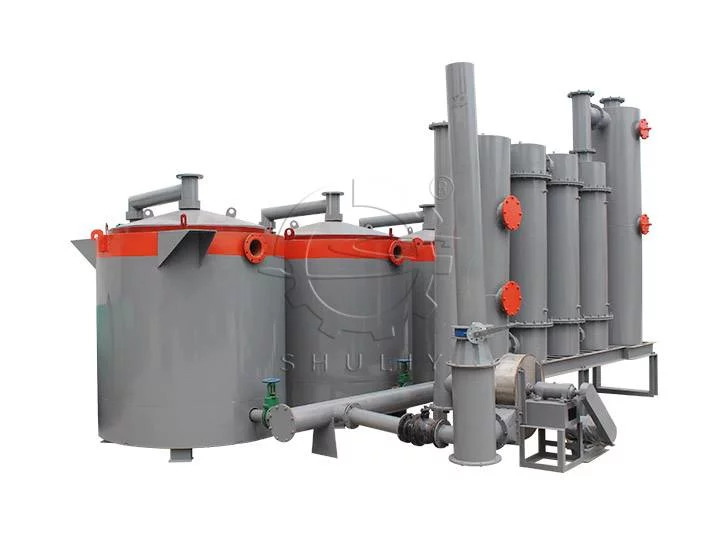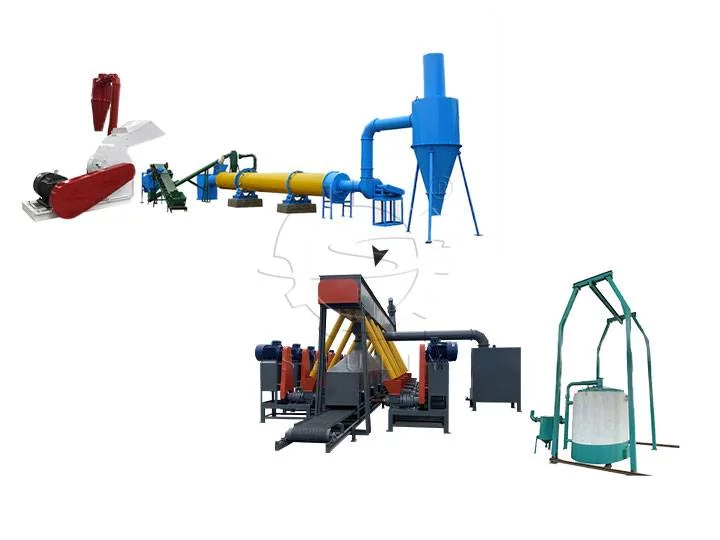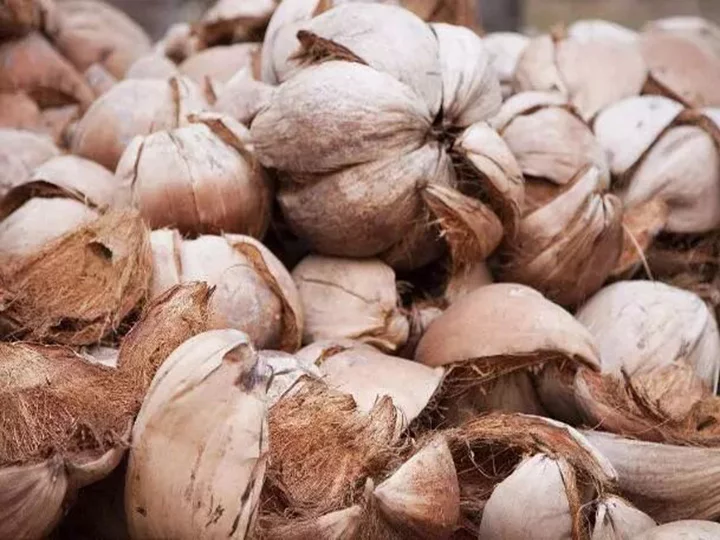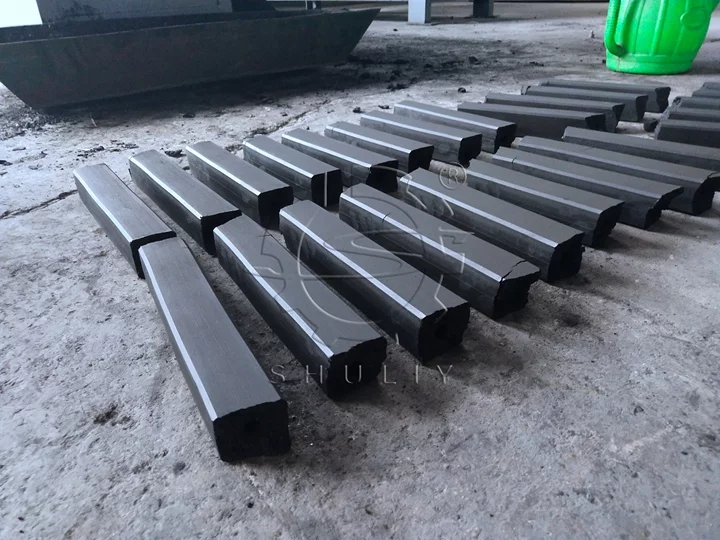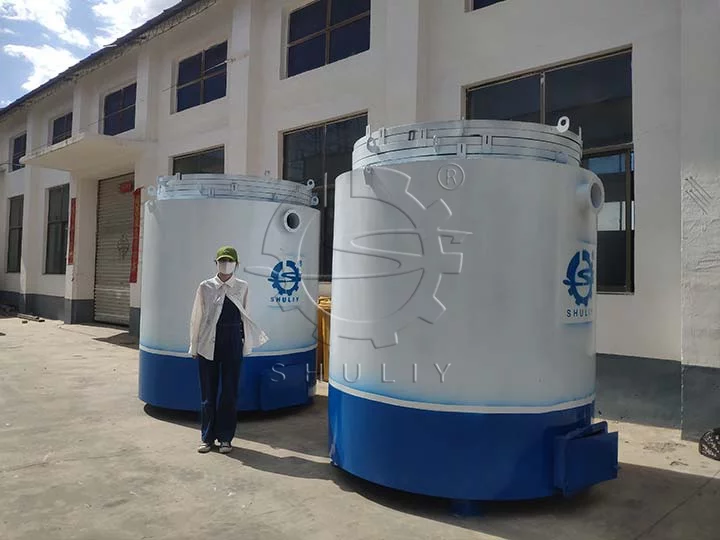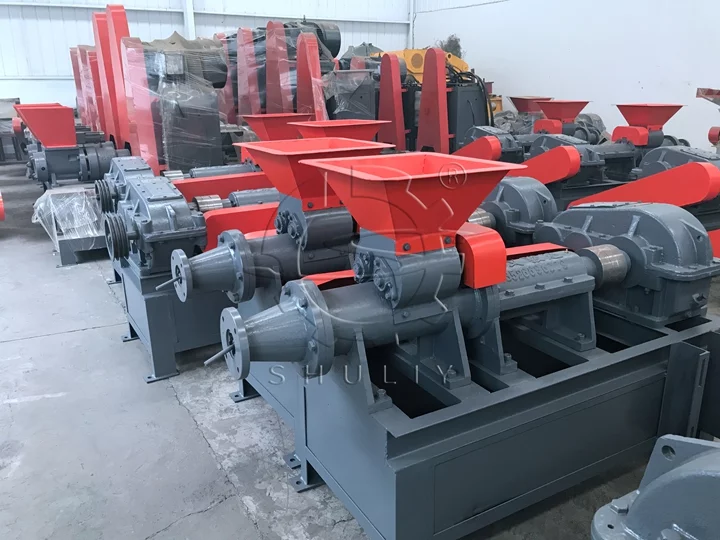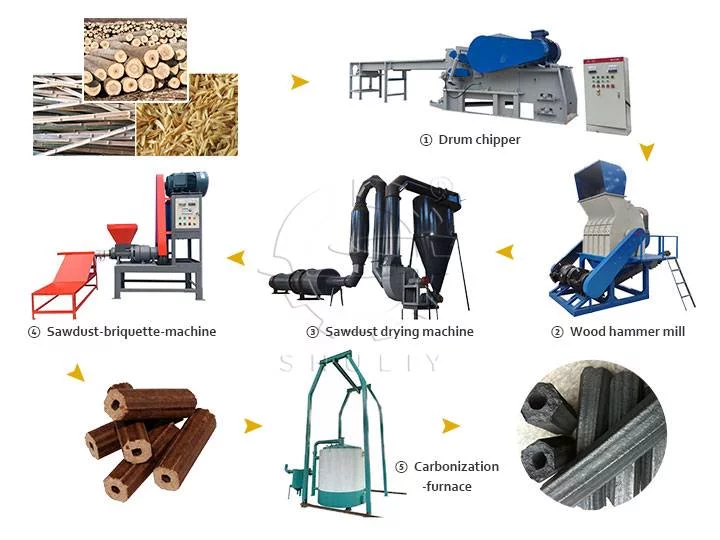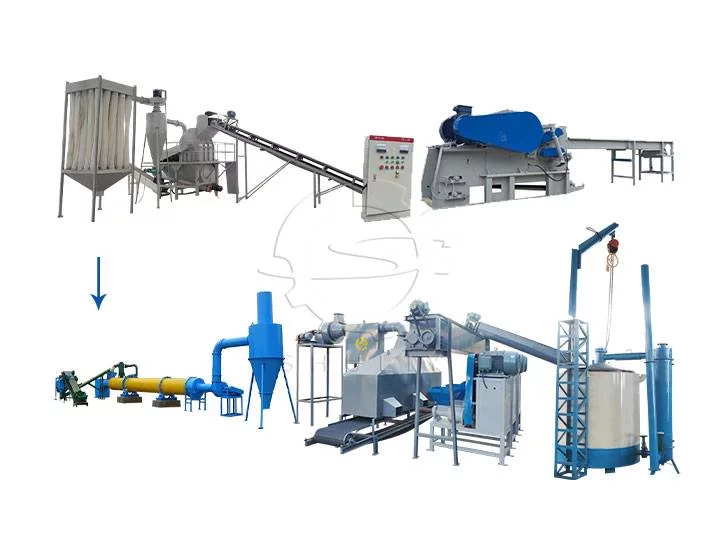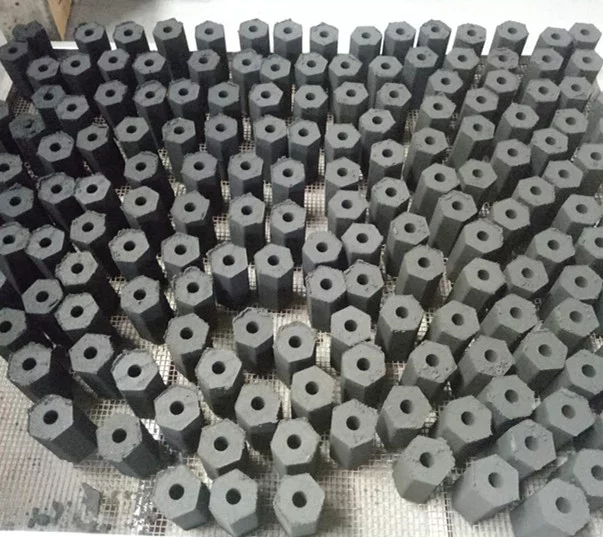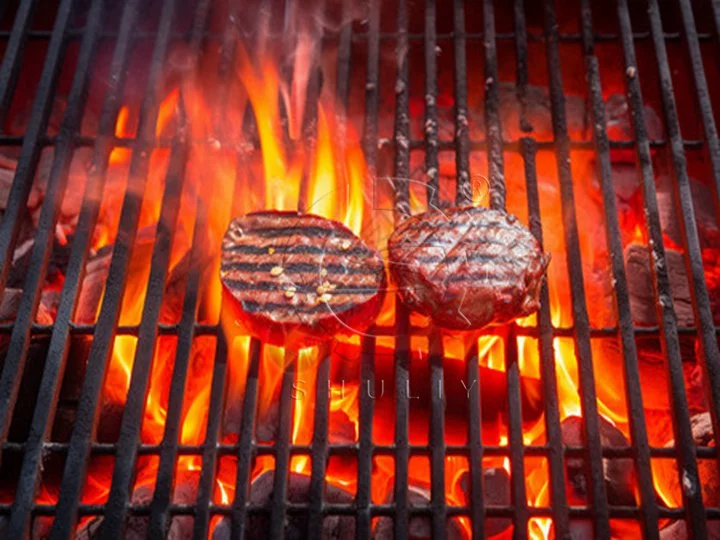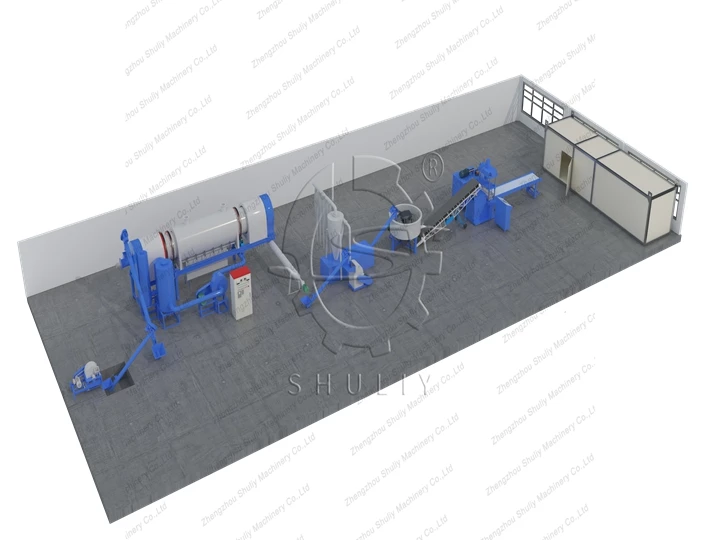How Charcoal Is Made from Wood?
Charcoal, a versatile and essential fuel source, is created through a fascinating process that involves converting wood into a concentrated carbon-rich material. Over the years, both traditional and modern methods have been employed to produce charcoal from wood, each with its own set of advantages.
In this article, we explore the intricate process of charcoal production and highlight the benefits of the modern approach in terms of burning efficiency and reduced environmental impact.

Traditional Charcoal Production
The traditional method of producing charcoal involves a controlled process of heating wood in the absence of oxygen, a process known as pyrolysis. Here’s how it works:
- Wood Selection: Suitable hardwoods like oak, hickory, or maple are selected for their high carbon content and low resin content.
- Stacking: Wood logs are tightly stacked in a pit or mound, and covered with leaves, soil, or other insulating materials to limit the oxygen supply.
- Heating: The wood is ignited from the bottom, and the combustion process begins. As the wood heats up, volatile compounds are released, leaving behind charcoal.
- Cooling and Collection: After the combustion phase, the mound is left to cool for several days. Once cooled, the mound is opened, and the charcoal is collected.
Modern Charcoal Production
Modern methods of charcoal production have evolved to be more efficient, consistent, and environmentally friendly:
- Biomass Carbonization Furnace: Large-scale biomass carbonization furnace use mechanized systems to feed wood through a pyrolysis process, ensuring uniform charring and optimal carbonization.
- Retort Kilns: Retort kilns are specialized chambers where wood is heated in a controlled environment, recycling the volatile gases released during the process to fuel the kiln itself.
- Pyrolysis Reactors: These advanced reactors enable precise control over temperature and oxygen levels, resulting in higher yields of charcoal from the same amount of wood.
Advantages of Modern Charcoal Making Method
The shift towards modern methods of charcoal production offers several distinct advantages:
- Higher Burning Efficiency: Charcoal produced through modern methods is more uniform and has a higher carbon content, leading to a more consistent and efficient burn. This translates to longer-lasting heat and better cooking results.
- Reduced Pollution: Traditional methods often release significant amounts of smoke, volatile organic compounds, and particulate matter into the environment. Modern methods minimize these emissions, resulting in cleaner air and reduced environmental impact.
- Sustainable Resource Management: Modern methods allow for better control over the entire production process, leading to more efficient use of wood resources and reduced deforestation.
- Consistency and Quality: The controlled conditions in modern production methods ensure a consistent quality of charcoal, which is essential for various applications, including industrial processes and art.
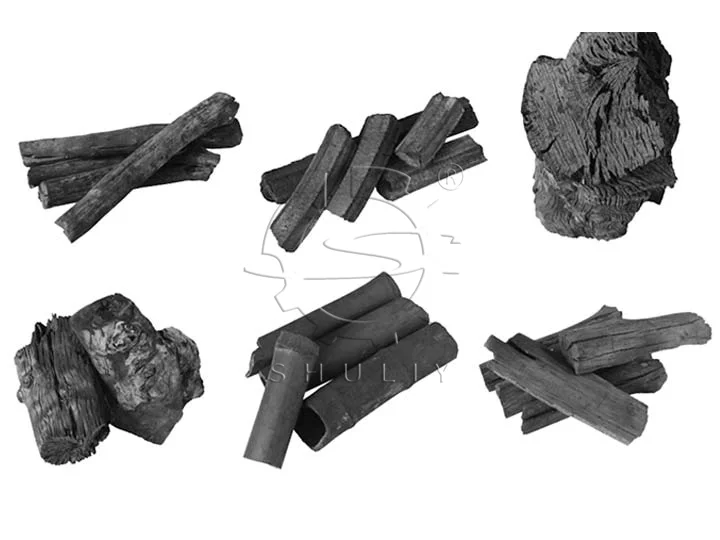
The journey from wood to charcoal is a captivating process that has evolved from traditional methods to modern techniques. While both approaches have their merits, modern methods of charcoal production stand out for their enhanced burning efficiency, reduced environmental impact, and sustainable practices. As we continue to prioritize eco-friendly solutions, adopting modern methods offers a promising path for enjoying the benefits of charcoal while minimizing its ecological footprint.

